When it comes to a truly intense session, most aggressive massage is often associated with Deep Tissue Massage - a therapeutic technique that applies firm pressure to reach deeper layers of muscle and fascia, aiming to release chronic tension and break down scar tissue. While the term “aggressive” can sound intimidating, the goal is precise: target stubborn knots, improve mobility, and accelerate recovery. Below, we unpack what makes Deep Tissue Massage stand out, compare it with other high‑intensity styles, and give you a practical roadmap for a safe, effective experience.
Understanding the Basics of Aggressive Massage
Origins and History
The roots of deep, forceful massage trace back to ancient China and Greece, where athletes received muscular manipulation to boost performance. In the early 20th century, Dr. Janet Travell popularized Trigger Point Therapy - the practice of applying sustained pressure to hyper‑irritable spots in muscle tissue, a cornerstone of modern aggressive massage. Over the decades, physiotherapists and sports trainers refined these methods into the structured deep‑tissue protocols we see today.
Core Principles or Components
A truly aggressive massage blends three core components:
- High‑pressure strokes that penetrate 2‑5 cm into muscle fibers.
- Slow, deliberate movements that allow the practitioner to assess tissue response.
- Targeted focus on trigger points, adhesions, and fascial restrictions.
How It Differs from Related Practices
Not all intense massages are created equal. Below is a quick comparison that highlights the unique traits of each style.
| Practice | Pressure Level | Primary Goal | Typical Session Length |
|---|---|---|---|
| Deep Tissue Massage | Firm‑to‑hard | Release chronic tension | 60-90 min |
| Trigger Point Therapy | Localized firm | Deactivate painful knots | 45-75 min |
| Sport Massage | Variable (moderate‑hard) | Enhance athletic performance | 30-60 min |
| Myofascial Release | Gentle‑to‑moderate | Stretch fascia | 60-120 min |
| Thai Massage | Moderate | Improve flexibility | 90-120 min |
Who Can Benefit from Aggressive Massage?
Anyone dealing with persistent muscle knots, limited range of motion, or post‑exercise soreness can reap rewards. Athletes, office workers, and older adults with age‑related stiffness often report noticeable improvements after a series of deep‑tissue sessions.
Benefits of Aggressive Massage for the Body
Pain Relief
By applying sustained pressure, deep‑tissue work triggers the body’s natural pain‑modulating chemicals, such as endorphins. Clients commonly experience reduced chronic back pain and neck tension within a few sessions.
Increased Mobility
Breaking down fascial adhesions restores normal muscle length, allowing joints to move more freely. This is especially valuable for swimmers, runners, and dancers who need a wide range of motion.
Stress Reduction
Even though the pressure is intense, the rhythmic nature of the strokes can activate the parasympathetic nervous system, lowering cortisol levels and promoting a calm after‑effect.
Practical Applications
Beyond therapeutic benefits, aggressive massage can speed up recovery after surgeries or intense training camps, helping you return to daily activities sooner. Below is a concise benefit table.
| Benefit | Description | Impact |
|---|---|---|
| Pain Reduction | Alleviates chronic muscle soreness | Improved daily comfort |
| Enhanced Flexibility | Increases joint range of motion | Better performance |
| Stress Relief | Lowers cortisol, raises endorphins | Better sleep, mood |
| Faster Recovery | Speeds up tissue repair | Reduced downtime |
What to Expect When Engaging with Aggressive Massage
Setting or Context
Most reputable spas in Dubai provide a quiet, dimly lit treatment room, a massage table, and fresh linens. A warm environment helps muscles relax, making the deep pressure more tolerable.
Key Processes or Steps
- Pre‑session consultation - discuss goals, medical history, and comfort level.
- Warm‑up - gentle strokes to increase blood flow.
- Deep work - firm pressure applied to target areas, usually lasting 5‑10 minutes per zone.
- Cool‑down - lighter strokes to signal the body to return to a resting state.
Customization Options
Therapists can adjust pressure, focus on specific muscle groups, or integrate complementary techniques like Cupping Therapy - a method that uses suction cups to lift tissue and enhance circulation for added benefit.
Communication and Preparation
Clear communication is crucial. Let the therapist know if the pressure becomes uncomfortable. A simple "lighter" or "harder" cue can keep the session productive and safe.

How to Practice or Apply Aggressive Massage
Setting Up for Success
Choose a quiet space, lay a firm surface, and keep warm blankets nearby. Ambient music and low lighting help the nervous system stay relaxed.
Choosing the Right Tools/Resources
Look for certified practitioners listed with the American Massage Therapy Association - a professional organization that sets industry standards or local UAE equivalents. Quality oils, such as grapeseed or fractionated coconut, reduce friction without masking skin sensations.
Step‑by‑Step Guide
- Warm up your hands by rubbing them together.
- Apply a thin layer of oil to the target area.
- Use your thumbs or forearms to apply steady pressure, moving slowly along muscle fibers.
- Hold each pressure point for 30‑60 seconds before releasing.
- Repeat across all problem zones, then finish with a gentle stretch.
Tips for Beginners or Couples
If you’re new, start with a 30‑minute session focusing on one muscle group. Couples can practice simple deep‑pressure techniques at home using a foam roller combined with manual pressure, but always respect each other’s pain threshold.
Safety and Ethical Considerations
Choosing Qualified Practitioners
Verify certifications, ask about continuing education, and read client reviews. Qualified therapists understand anatomy and know when to back off.
Safety Practices
Maintain hygiene, use clean linens, and sanitize tools between clients. Below is a quick safety checklist.
| Practice | Purpose | Example |
|---|---|---|
| Hand Hygiene | Prevent infection | Wash hands before each session |
| Consent | Respect boundaries | Obtain written consent for deep pressure |
| Pressure Monitoring | Avoid injury | Check client’s feedback every 2 min |
| Equipment Cleanliness | Client safety | Sanitize tables, oils, tools |
Setting Boundaries
Discuss areas you’re comfortable with before the session starts. If a region feels too painful, pause and reassess.
Contraindications or Risks
Aggressive massage isn’t suitable for people with acute inflammation, blood clot disorders, severe osteoporosis, or recent surgeries. Always consult a physician if you’re unsure.
Enhancing Your Experience with Aggressive Massage
Adding Complementary Practices
Pair the session with guided breathing or light yoga to deepen relaxation. Some clients also enjoy a post‑massage warm shower to keep muscles supple.
Collaborative or Solo Engagement
While a trained therapist provides the best results, self‑massage tools like a massage stick - a handheld roller used for applying targeted pressure can help maintain progress between appointments.
Using Tools or Props
Thermal packs, foam rollers, and even a simple tennis ball can amplify the benefits of deep‑tissue work, especially when you’re focusing on trigger points.
Regular Engagement for Benefits
Consistency matters. A series of 4‑6 weekly sessions often yields the most noticeable improvements in flexibility and pain levels.

Finding Resources or Experts for Aggressive Massage
Researching Qualified Experts
Search directories of licensed therapists, read client testimonials, and verify that the practitioner holds a certification in deep‑tissue or sports massage.
Online Guides and Communities
Websites like the International Association of Massage Therapists host articles, video tutorials, and forums where professionals share tips.
Legal or Cultural Considerations
In the UAE, massage practitioners must be registered with the Dubai Health Authority. Respect cultural norms regarding modesty-many clinics provide gender‑specific therapists.
Resources for Continued Learning
Books such as "The Deep Tissue Massage Handbook" and video courses on platforms like Coursera can deepen your understanding of anatomy and technique.
FAQ: Common Questions About Aggressive Massage
What exactly makes a massage "aggressive"?
Aggressive massage uses firm, sustained pressure aimed at deep muscle layers and trigger points. Unlike gentle Swedish strokes, the therapist deliberately targets chronic tension, often working 2-5 cm beneath the skin.
Is Deep Tissue Massage the same as Sports Massage?
Both employ strong pressure, but Deep Tissue focuses on breaking down scar tissue and chronic knots, while Sports Massage tailors its techniques to pre‑event preparation, post‑event recovery, and performance enhancement.
How often should I get an aggressive massage?
For most people, a weekly session for the first month works well, followed by bi‑weekly maintenance. Those with acute injuries should wait until cleared by a medical professional.
Can I experience aggressive massage at home?
Self‑massage tools like foam rollers or a massage stick can replicate some deep‑tissue effects, but they lack the nuanced feedback a trained therapist provides. Use them as a supplement, not a substitute.
What should I tell my therapist before a deep‑tissue session?
Mention any recent injuries, surgeries, chronic conditions, and your pain tolerance. Clear communication helps the therapist adjust pressure and avoid aggravating sensitive areas.
Conclusion: Why Aggressive Massage Is Worth Exploring
A Path to Stronger Health
When done correctly, the most aggressive massage techniques can melt stubborn knots, boost circulation, and leave you feeling surprisingly relaxed after an intense session.
Try It Mindfully
Start with a qualified practitioner, communicate your comfort level, and respect your body’s signals. Gradual exposure builds tolerance and maximizes benefits.
Share Your Journey
Have you tried deep‑tissue or trigger‑point work? Drop a comment below, and follow the blog for more wellness tips tailored to Dubai’s vibrant spa scene.
Some links may be affiliate links, but all recommendations are based on research and quality.


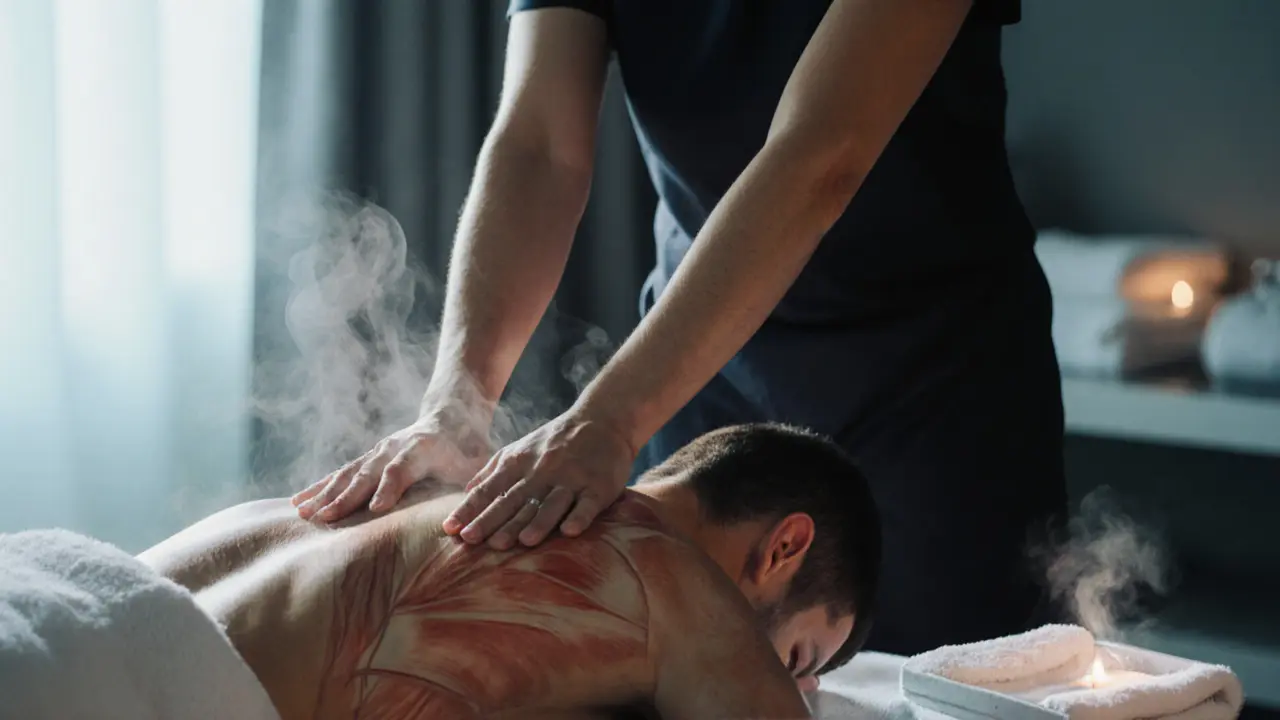
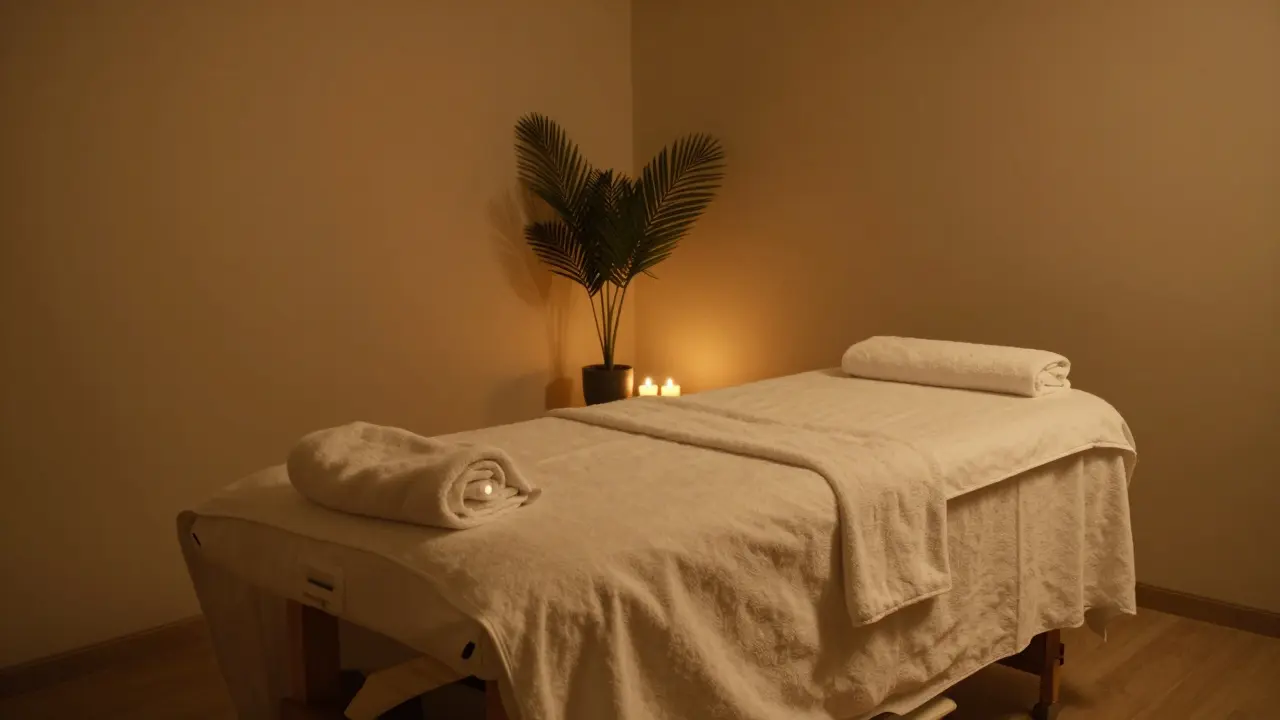
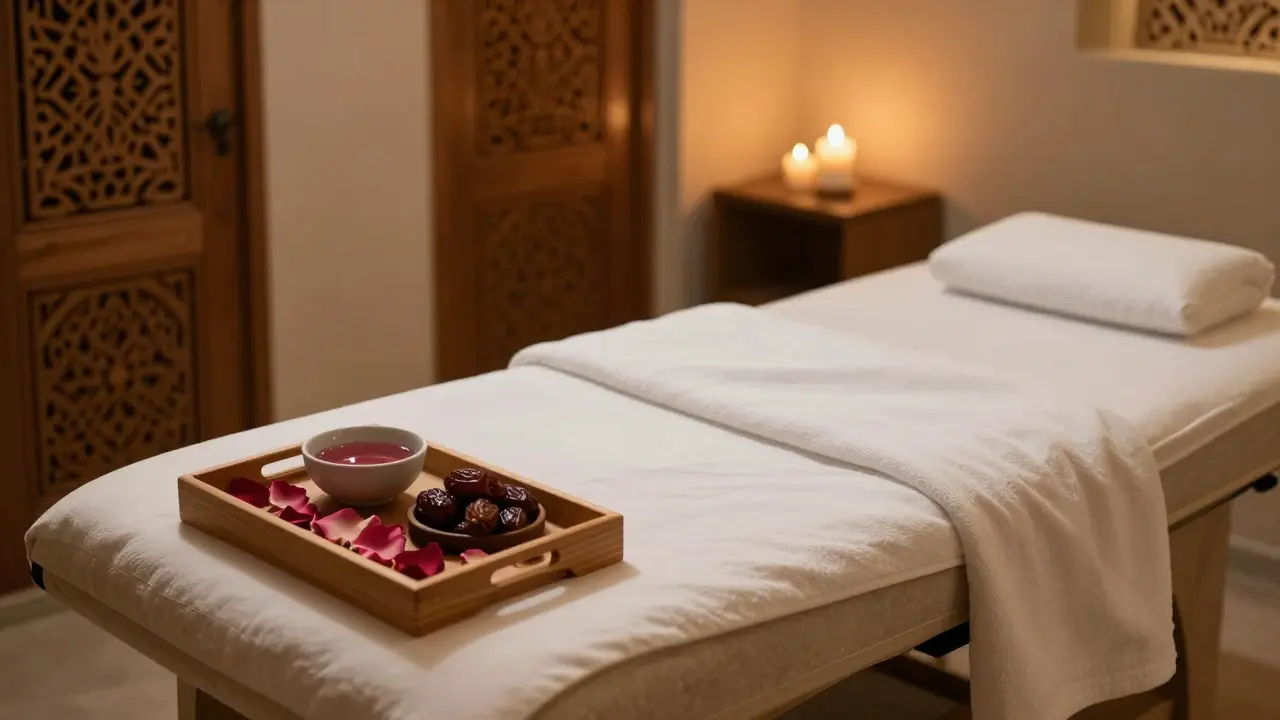


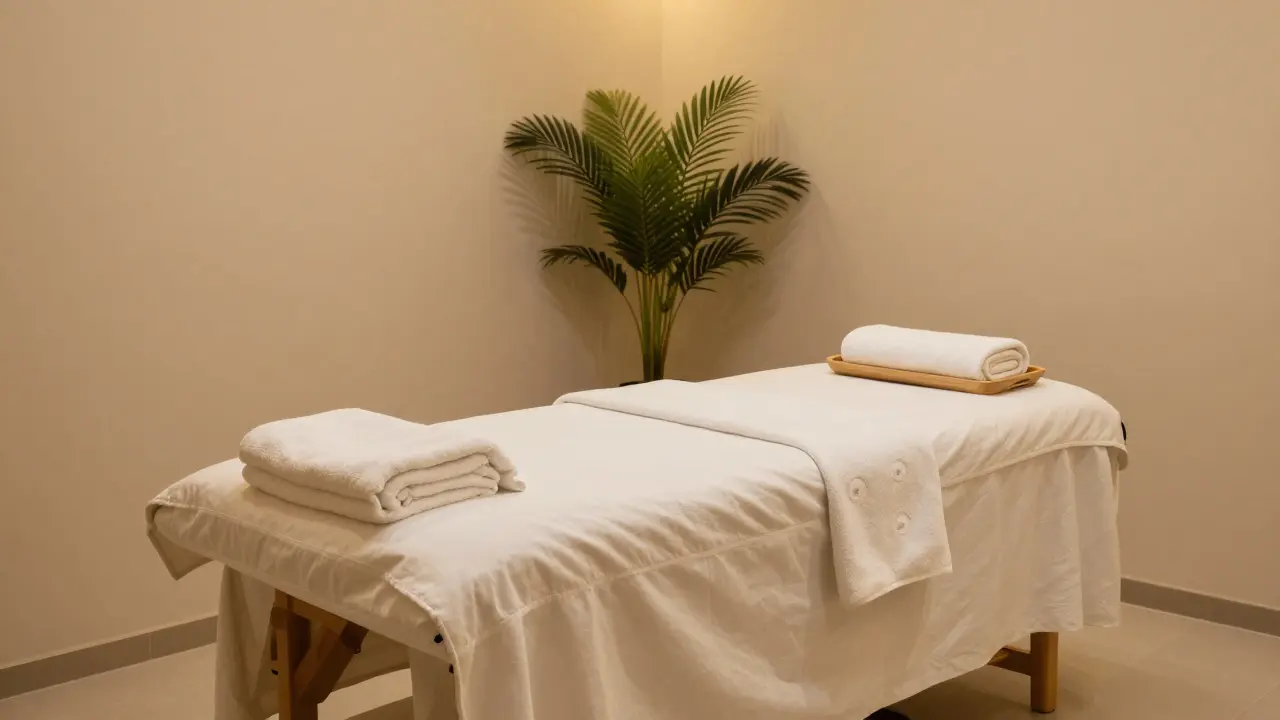
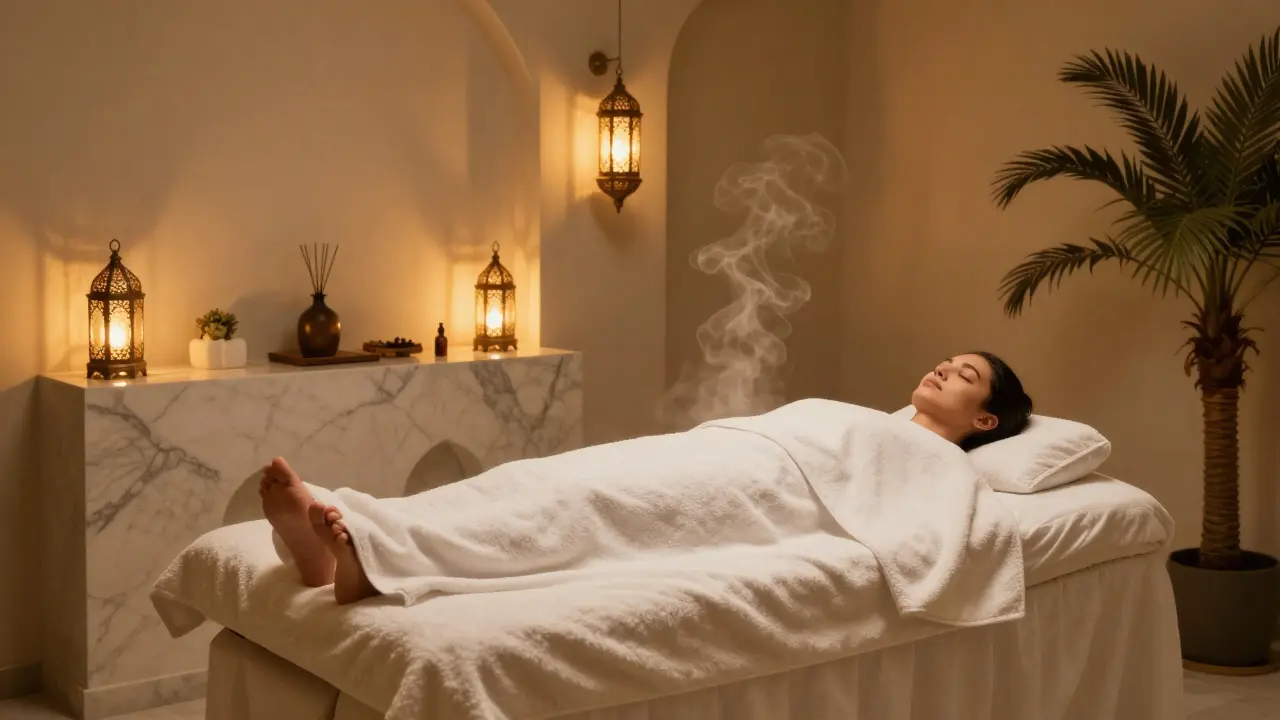
Kevin Kuniyoshi
October 22, 2025 AT 14:02It is with a palpable sense of bemusement that I peruse the prevailing discourse surrounding the ostensibly "aggressive" modality of deep tissue manipulation. One must first acknowledge the etymological nuance of "aggressive," a term whose semantic load is frequently conflated with an unrefined brutishness rather than a calibrated therapeutic intent. The practitioner, herein referred to as the therapist, deploys a repertoire of biomechanical interventions calibrated to elicit neuromuscular modulatory mechanisms. By engaging the fascia at depths of two to five centimeters, the therapist ostensibly provokes mechanotransduction pathways that facilitate collagen realignment. This process, while sounding esoteric, is fundamentally an application of controlled shear stress to remodel fibrotic tissue. The resultant upregulation of endogenous opioids, notably beta-endorphins, constitutes the analgesic substrate often reported by clients. Moreover, the concomitant augmentation of intramuscular perfusion mitigates ischemic byproducts, thereby expediting metabolic clearance. It is imperative to recognize that the practitioner must possess a thorough anatomo‑physiological acumen to avoid iatrogenic sequelae such as myofascial strain. In the context of sports medicine, the attenuation of chronic trigger points potentiates proprioceptive fidelity, thus enhancing kinetic chain efficiency. Nonetheless, the practitioner must vigilantly monitor the client’s nociceptive feedback, as the margin between therapeutic pressure and deleterious overstimulation is, regrettably, narrow. The inclusion of adjunctive modalities-cupping, for instance-may synergistically amplify vascular responses, yet the empirical evidence remains equivocal. Ethical considerations dictate a comprehensive informed‑consent process, delineating the specter of contraindications such as acute inflammation or coagulopathies. One must also be cognizant of the psychosocial dimension; the perceived intimidation of "hard" pressure may invoke a stress response, counteracting the desired parasympathetic activation. In summation, the so‑called aggressive deep tissue massage is a sophisticated intervention that demands both technical precision and judicious clinical judgment. Its efficacy, while substantiated in numerous case series, must be contextualized within an individualized therapeutic schema.
Aarushi Das
October 22, 2025 AT 19:36Allow me to elucidate the inherent superiority of a meticulously curated deep‑tissue regimen, untainted by the pedestrian allure of fleeting relaxation techniques. One cannot simply equate the rigour of myofascial deconstruction with the superficial pandering of Swedish strokes. The practitioner must adhere to a stringent protocol, commencing with a precise evaluation of tissue viscoelasticity, followed by calibrated pressure increments measured in newtons. Such exactitude ensures the disintegration of pathological adhesions without compromising neurovascular integrity. It is evident that only those who have devoted considerable scholarly endeavour to the biomechanics of fascia can legitimately claim proficiency. Moreover, the indiscriminate use of "aggressive" as a buzzword obfuscates the necessity for evidence‑based practice, a point I feel compelled to emphasise.
Aaron Brill
October 23, 2025 AT 01:09Deep tissue feels like a good pain, but it ain't for everyone.
Daron Noel
October 23, 2025 AT 06:42Honestly, if you enjoy the sensation of a bear hugging your back, go ahead. Otherwise, a gentle stretch might accomplish the same goals without the theatrics. It's not rocket science – just listen to your body and avoid turning a therapeutic session into a gladiatorial arena.
Vinny Cuvo
October 23, 2025 AT 12:16i think the article oversell the whole "agressive" thing. too much hype for a simple massage. also, the metrics of pressure are not even realy measured, just guesses. and why they keep mention dubai? its like they want to sell something not the info. the whole thing feels like a sales pitch not a scientific piece.
Jaco Steenberg
October 23, 2025 AT 17:49Wow, that was a lot to take in!; however, I totally get where you're coming from!; the skepticism about "aggressive" marketing is valid, especially when flashy locations are mentioned. It's always good to cross‑reference with reputable sources-maybe check the American Massage Therapy Association guidelines?; Looking forward to more balanced insights!
sooraj Yadav
October 23, 2025 AT 23:22🔥💪 Our nation deserves the best when it comes to health, and deep tissue massage is a testament to that! No foreign fluff, just solid, powerful techniques that get the job done. Proud to see Dubai’s spas leading the way-true champions of strength! 🇮🇳
Amanda Vella
October 24, 2025 AT 04:56While I appreciate patriotic enthusiasm, let's not forget that wellness practices are universal and thrive on shared knowledge, not borders. The drama of "national superiority" distracts from the real conversation about safety, consent, and efficacy. If we channel that energy into improving standards globally, everyone wins.